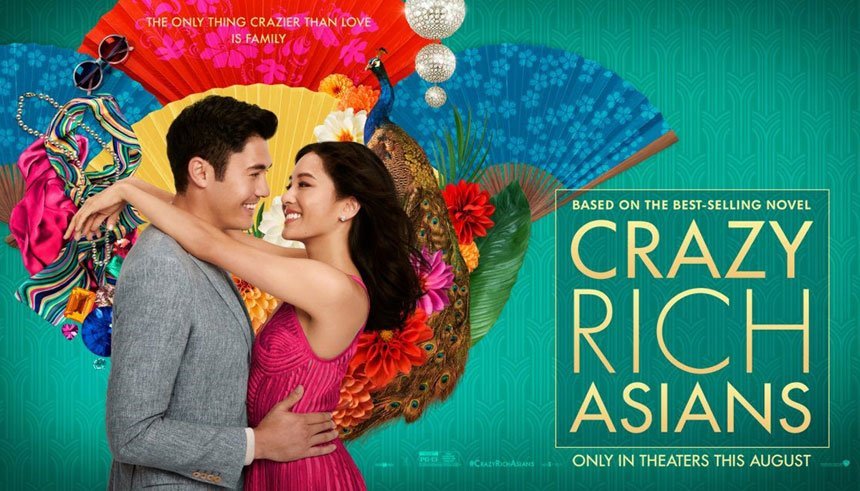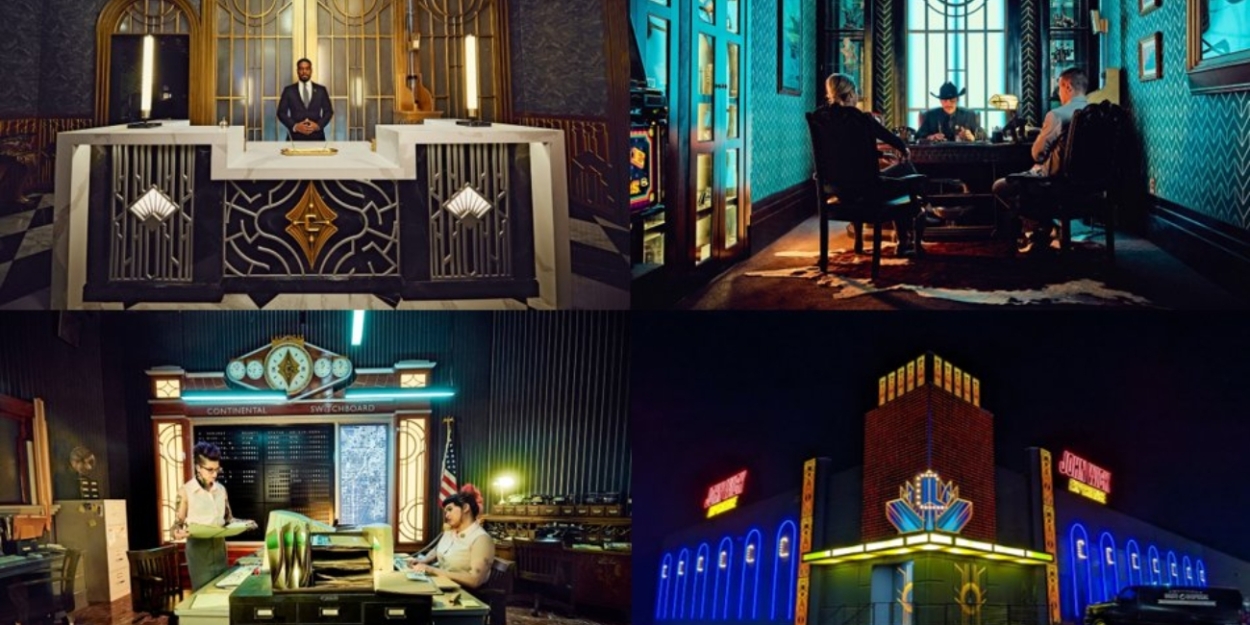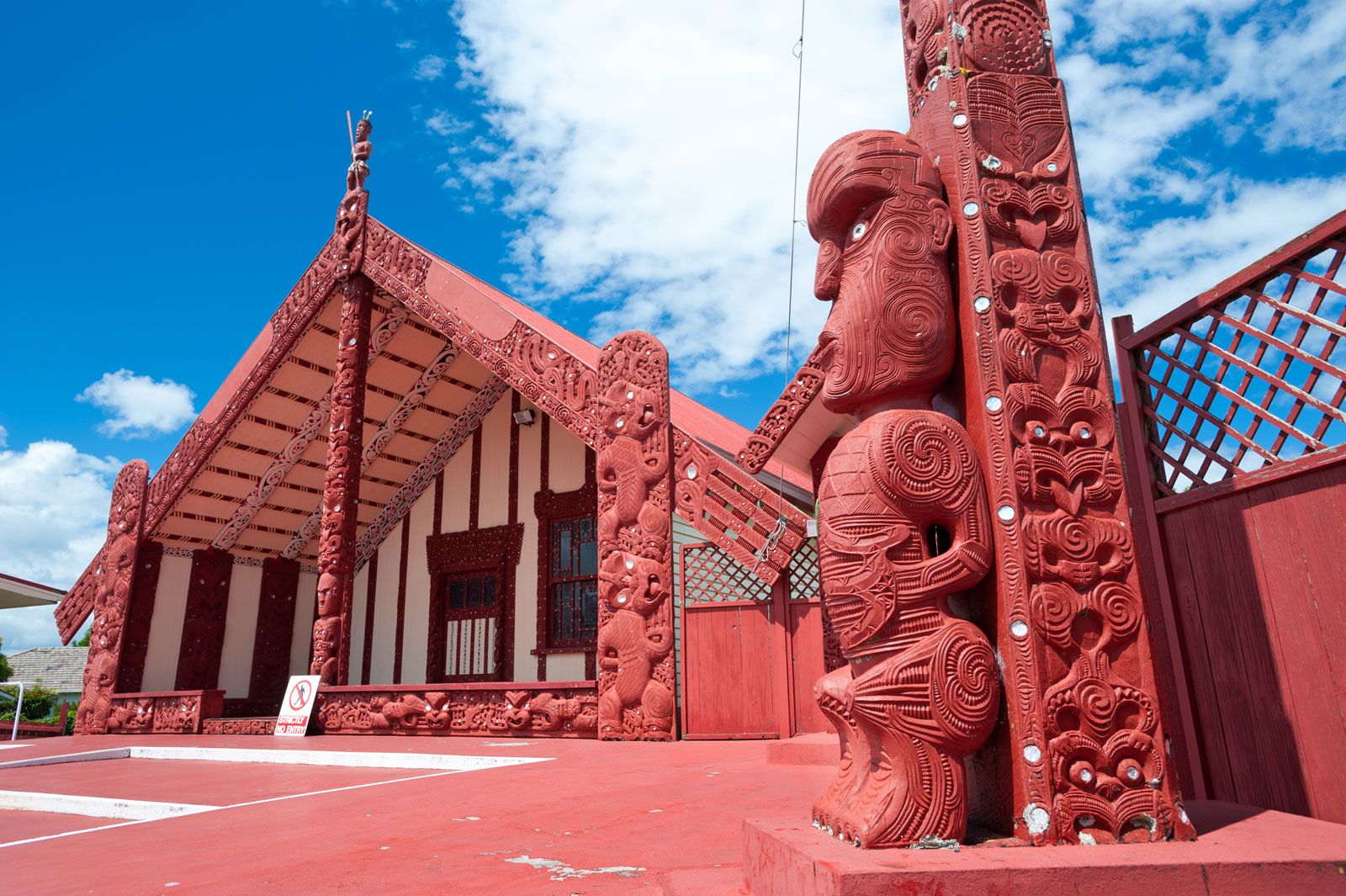Realistic Portrayals: Improving Asian And Asian American Representation In Media

Table of Contents
H2: The Current State of Asian and Asian American Representation
H3: Stereotypes and Tropes
The media often presents a narrow and stereotypical view of Asians and Asian Americans. Harmful tropes consistently appear, limiting the complexity and depth of characters. These stereotypes often fall into predictable categories:
- The Model Minority Myth: This trope paints all Asians as inherently intelligent, hardworking, and successful, ignoring the struggles and diversity within the community. Examples include the perpetually high-achieving Asian student character or the ever-successful Asian business professional. This ignores economic disparities and individual struggles.
- The Submissive Female: Asian women are frequently depicted as demure, docile, and subservient to men, perpetuating harmful gender stereotypes. This is often seen in movies and television where the Asian female character's personality revolves around pleasing men.
- The Nerdy Male: Asian men are often portrayed as socially awkward, nerdy, or lacking in masculinity, reinforcing harmful notions of gender and sexuality. This is regularly present in comedic portrayals that often reduce characters to one-dimensional jokes.
- The Hypersexualized Figure: Asian women are sometimes hypersexualized, portrayed as exotic objects of desire, often reinforcing harmful fetishization. This objectification perpetuates the "dragon lady" or "geisha" stereotype.
These portrayals have devastating consequences: they perpetuate harmful biases, limit opportunities for Asian and Asian American actors, and negatively impact the self-esteem of viewers who see themselves represented in such limited and damaging ways.
H3: Lack of Diversity and Nuance
The lack of diversity in Asian and Asian American representation is equally problematic. The media often fails to portray the vast spectrum of ethnic backgrounds, nationalities, and socio-economic statuses within the community. This includes:
- Underrepresentation of Specific Asian Communities: Southeast Asians (Cambodians, Laotians, Vietnamese, etc.), South Asians (Indians, Pakistanis, Bangladeshis, etc.), and Pacific Islanders are often significantly underrepresented or portrayed with limited nuance.
- Lack of Class Diversity: The majority of Asian characters presented often belong to the middle or upper class, failing to reflect the socioeconomic diversity that exists within Asian communities.
This lack of diversity creates an incomplete and inaccurate picture of the Asian and Asian American experience, reinforcing a homogenous and unrealistic image.
H2: Strategies for Improving Realistic Portrayals
H3: Increasing Representation Behind the Camera
Authentic representation begins behind the camera. Having Asian and Asian American writers, directors, producers, and other creatives involved in the storytelling process is crucial:
- Authentic Perspectives: Their lived experiences and understanding of the culture provide invaluable insights, leading to more nuanced and believable characters and narratives.
- Mentorship and Support: Initiatives to support and mentor emerging Asian and Asian American creatives are vital in fostering a more inclusive and equitable industry.
H3: Developing Complex and Multifaceted Characters
Moving beyond stereotypes requires creating characters with depth, complexity, and full agency. These characters should:
- Defy Stereotypes: Characters that possess flaws, ambitions, and motivations that go beyond their racial identity create more authentic representations.
- Showcase the Full Spectrum of Human Experience: This provides a realistic portrayal of Asian and Asian American experiences that moves beyond simplistic and reductive character tropes.
H3: Consulting with Experts and Communities
Collaboration with Asian and Asian American communities and experts is essential:
- Community Engagement: Meaningful engagement with community members ensures that portrayals are authentic and respectful, avoiding the perpetuation of harmful stereotypes.
- Successful Collaborations: Examples of successful collaborations, where creators have actively sought community input, can serve as models for future projects.
H2: The Importance of Authentic Representation
H3: Impact on Viewers
Authentic representation has a profound impact on the well-being of Asian and Asian American viewers:
- Positive Self-Esteem: Seeing oneself reflected accurately in media fosters a positive sense of self and belonging.
- Improved Mental Health: Authentic representation contributes to improved mental health and reduces feelings of alienation and invisibility.
H3: Impact on Society
Realistic portrayals contribute to a more inclusive and understanding society:
- Challenging Prejudices: Accurate representation challenges existing prejudices and fosters empathy among viewers.
- Broader Societal Benefits: This leads to a more inclusive and equitable society for all.
3. Conclusion
The current state of Asian and Asian American representation in media is far from satisfactory. Harmful stereotypes, lack of diversity, and minimal creative control contribute to an inaccurate and often hurtful portrayal of these communities. However, through increased representation behind the camera, the creation of complex and multifaceted characters, and meaningful community engagement, we can move toward more realistic and authentic portrayals. We must demand better Asian representation. Support media that showcases authentic Asian representation; contact media companies to advocate for change; and amplify the voices of Asian and Asian American creators. Let's work together to ensure that the future of media reflects the rich diversity and complexity of the Asian and Asian American experience. Let's demand authentic Asian representation and build a more inclusive and equitable future for realistic portrayals in media.

Featured Posts
-
 Live The Baba Yaga Life John Wick Experience In Las Vegas
May 12, 2025
Live The Baba Yaga Life John Wick Experience In Las Vegas
May 12, 2025 -
 Celtics Secure Division Crown With Impressive Win
May 12, 2025
Celtics Secure Division Crown With Impressive Win
May 12, 2025 -
 Discover Rotorua New Zealands Geothermal And Cultural Hub
May 12, 2025
Discover Rotorua New Zealands Geothermal And Cultural Hub
May 12, 2025 -
 Yankees Lineup Strategy Bellingers Role In Protecting Judge
May 12, 2025
Yankees Lineup Strategy Bellingers Role In Protecting Judge
May 12, 2025 -
 Holstein Kiels Bundesliga Debut Ends In Relegation
May 12, 2025
Holstein Kiels Bundesliga Debut Ends In Relegation
May 12, 2025
Latest Posts
-
 Knicks Vs Bulls Betting Preview Expert Picks Odds And Stats For February 20 2025
May 12, 2025
Knicks Vs Bulls Betting Preview Expert Picks Odds And Stats For February 20 2025
May 12, 2025 -
 Ny Knicks Vs Cleveland Cavaliers Where To Watch Time Tv Channel And Live Stream
May 12, 2025
Ny Knicks Vs Cleveland Cavaliers Where To Watch Time Tv Channel And Live Stream
May 12, 2025 -
 February 20 2025 Nba Game Knicks Vs Bulls Prediction And Betting Preview
May 12, 2025
February 20 2025 Nba Game Knicks Vs Bulls Prediction And Betting Preview
May 12, 2025 -
 Nba Prediction Knicks Vs Bulls Expert Analysis And Betting Odds February 20 2025
May 12, 2025
Nba Prediction Knicks Vs Bulls Expert Analysis And Betting Odds February 20 2025
May 12, 2025 -
 Knicks Vs Bulls Prediction Expert Picks And Best Bets February 20 2025
May 12, 2025
Knicks Vs Bulls Prediction Expert Picks And Best Bets February 20 2025
May 12, 2025
